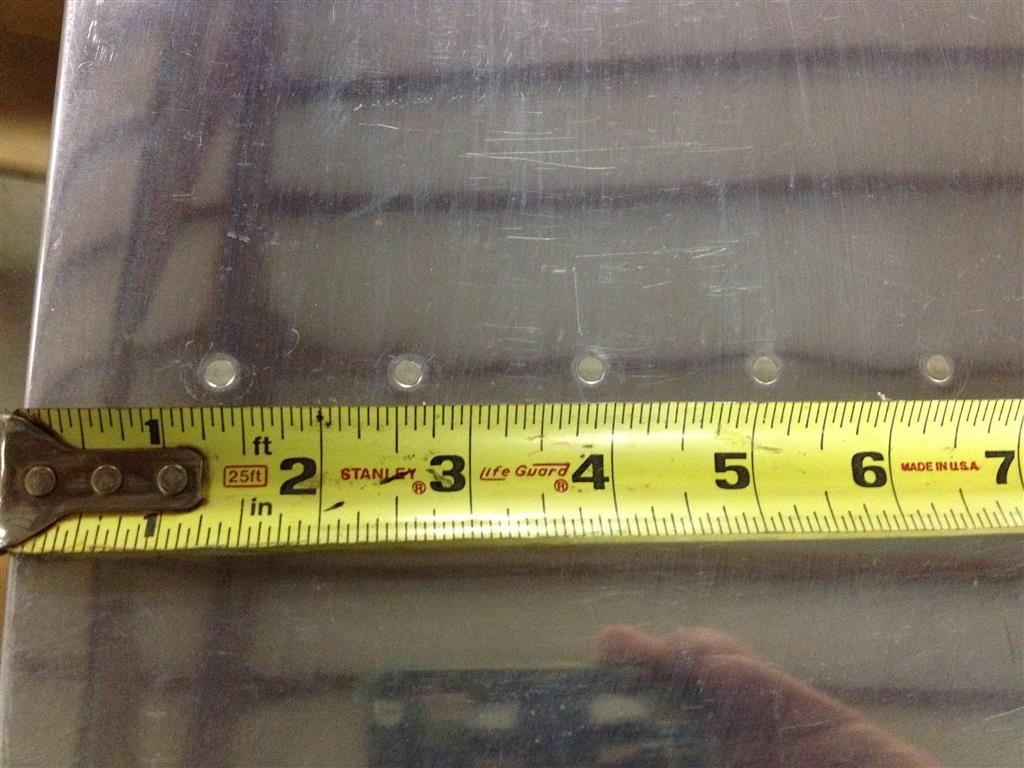acam37
Well Known Member
Damage
Mike Im not sure he mentioned it to them. The tail was completely replaced. Every inch of the fuse was examined for any hidden damage. The wings were not damaged in the hangar collapse. You can go back to my spar repair thread to see exacly what we did. Only the bottom skin was removed and it went back on perfectly. The wings are straight and not warped. But at this point anything is possible. Maybe if we all brainstorm long enough a cause and solution will be discovered. Im glad people show an interest in helping us out and not just talking trash.
Mike Im not sure he mentioned it to them. The tail was completely replaced. Every inch of the fuse was examined for any hidden damage. The wings were not damaged in the hangar collapse. You can go back to my spar repair thread to see exacly what we did. Only the bottom skin was removed and it went back on perfectly. The wings are straight and not warped. But at this point anything is possible. Maybe if we all brainstorm long enough a cause and solution will be discovered. Im glad people show an interest in helping us out and not just talking trash.







